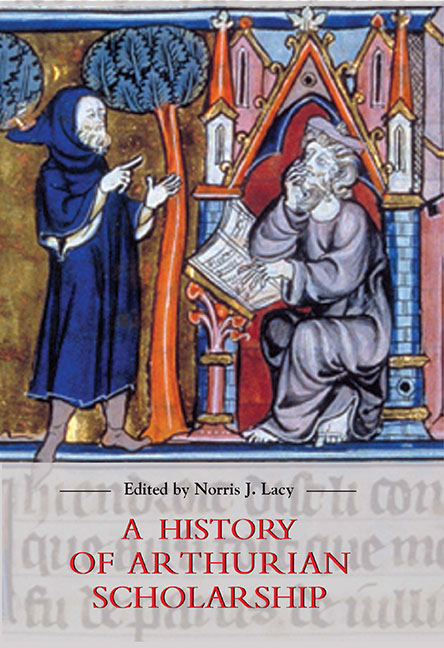Editing Arthuriana
Published online by Cambridge University Press: 18 March 2023
Summary
The notion ‘editing’ covers a wide range of ambitions, from the restoration of an original text in a form as close as possible to that in which it left the hands of its author to the mere cleaning up of an existing manuscript copy in accordance with modern printing conventions. There is a host of intermediate positions. The principal determinants of whatever approach is chosen are, first, the nature of the manuscript transmission (which involves recensio, that is, the careful comparison of the manuscripts and their relationships), and, second, the methodological principles espoused by the editor concerning emendatio, or textual correction. In the case of single-manuscript works the problems are essentially reduced to the question of editorial interventionism versus conservative caution. Inevitably, for much of the nineteenth century the aim of editors was to put into print previously unpublished, even unknown, texts, a task that understandably was often accorded a higher priority than the extensive search for new manuscripts with a view to producing a detailed survey of the text's transmission. The central challenge to editors has always been to strike a balance between the recovery of the ‘original’ or archetype by mechanical principles and the resort to purely subjective selection, which can so easily produce an eclectic, ‘unscientific’ text.
In the history of editorial scholarship applied to vernacular Arthurian texts the lead is taken by both Germans and Germanists. C.H. Müller (Myller) (1740–1807), a pupil of Johann Jacob Bodmer (1698–1783), had printed Hartmann von Aue's Iwein from Usteri's copy of a single Florentine manuscript as early as 1784–85 (and, further, Wolfram von Eschenbach's Parzival, without his having seen any of the medieval manuscripts!) and was followed by Karl Michaeler (1735–1804), working from another manuscript, in 1786–87. The first critical edition of Iwein, however, was the work of two colossi, Georg Friedrich Benecke (1762–1844) and Karl Lachmann (1793–1851). They published their edition in 1827, eight years after Benecke had edited Wigalois from four complete manuscripts only to find his work superseded by Franz Pfeiffer, founder of the journal Germania, who published his own edition in 1847.
- Type
- Chapter
- Information
- A History of Arthurian Scholarship , pp. 37 - 48Publisher: Boydell & BrewerPrint publication year: 2006

